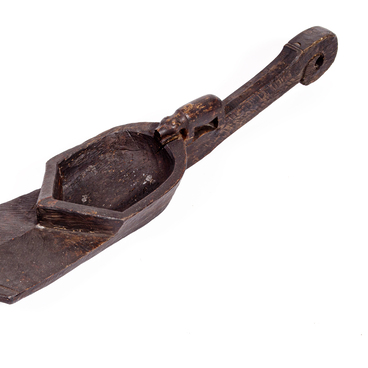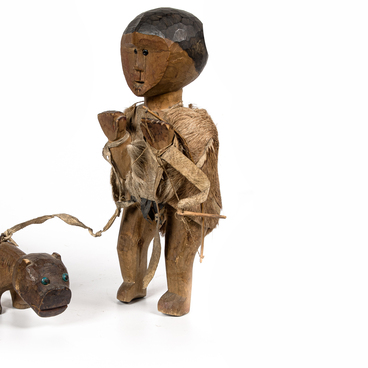The Tungusic Even and Evenki peoples had two types of the calendar: the Orthodox one, the traditional one “based on body parts”. They appeared when the Russians settled down in the area and Christianity was adopted. Probably, the Evenks borrowed the calendar “based on body parts” as early as the first quarter of the 18th century, even before mass baptism. This calendar was easily adapted, as the beginning of the new year coincided with the beginning of the regular economic cycle of the Even people.
The Evens began counting the months of the year from the right hand. Then the timeline moved up to the top of the head and descended to the left, repeating the clockwise course of the sun. Such a calendar existed not only among the Even people, but also among other small-numbered peoples of the Far East and Siberia: Evenks, Yukaghirs, and Koryaks. It has been partially preserved in the culture of the Negidal and Nanai people.
It is worth mentioning that the Evens, of all the northern peoples, most deeply embraced Orthodoxy, and elements of Russian culture associated with it. The Orthodox calendar from the museum’s collection was made of a small rectangular wooden board. Probably, the national name “savisa” came from the transcription of the Russian word “svecha” (candle).
The year according to this calendar began on September 1 — the time of the church new year — and lasted, as a rule, 365 days. Months and the number of days were marked in the form of holes across the board horizontally, counting started from the top, from the left corner, and went to the right, in a row.
Sometimes the months were grouped into seasons, which were separated by a horizontal line, as in the exhibit shown here, or by smaller pinholes. Additional marks, for example in the form of crosses or stars, denoted individual Orthodox holidays. A stick was inserted into the holes and gradually moved.
The months were named
most often by body parts or “by joints” (“ichan began” — month of the elbow),
and sometimes by the names of saints in a rather strange combination of words.
For example, September — Semyonov — dates, October — Pokrov — dates. Some Even
groups had weekly calendars; sometimes such items were made of bone. There were
week calendars made of reindeer horn.


